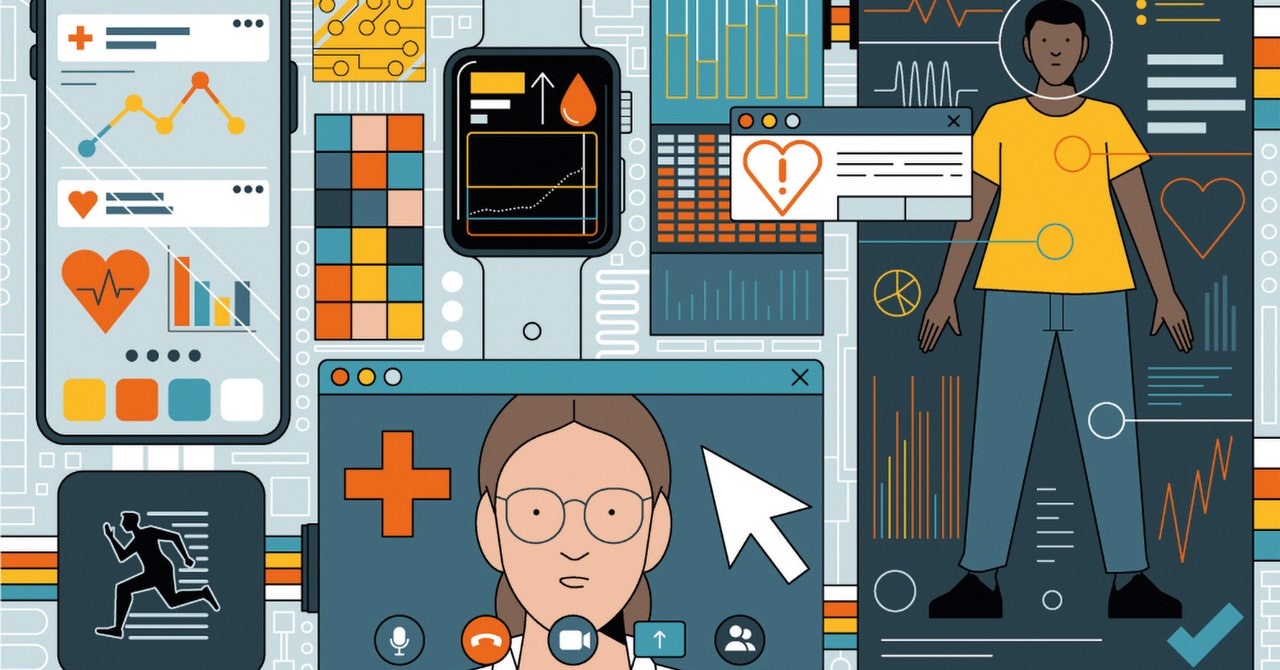During the Covid-19 pandemic, digital health technologies transformed the way that many of us received health care, supercharging the uptake of digital tools such as telehealth platforms, mobile symptom trackers, and remote monitoring. However, the whole-scale adoption and impact of digital health technology in national health systems around the world has still not yet fully materialized. A critical reason is that they often lack the necessary scientific evidence to back the range of benefits—from improved health outcomes for patients to better cost-benefit outcomes for payers such as insurance companies and health care providers—that its manufacturers claim they can deliver.
A recent study by healthtech seed fund Rock Health and Johns Hopkins University demonstrated the extent of the problem. The researchers reviewed the associated clinical trials, regulatory claims filings, and listed outcomes by 224 healthcare companies. Surprisingly, only 20 percent achieved the threshold considered acceptable for rigorously tested solutions. This situation, of course, represents a barrier in the uptake of new innovations in health care.
In 2023, we will see heightened scrutiny for the evidence required of digital health technologies and how that evidence is generated. This will be led by regulators and payors who will require increasing clarity on evidence for reimbursement. This is already happening in the UK, US, and Germany. Other countries will follow suit as a consensus is developed between leading bodies and experts.
Traditionally, new drugs and medical devices are tested and validated by rigorous randomized control trials. This methodology, however, is not always appropriate for digital health devices which have faster cycles of iteration and constant improvement. In 2023, we will instead see increasing acceptance of different ways of generating the necessary evidence, from clinical simulation trials using mock patient data to the use of real-world evidence generated in hospitals and medical centers.
For instance, in 2021, pharmaceutical company Roche used a simulation to test a new tool that automated the search for suitable clinical trials for cancer patients, a process that traditionally involves clinicians painstakingly searching multiple databases. This simulation involved generating so-called synthetic patient data—mock data that is based on real-patient data, but with altered names, dates, clinical history, medication, and patient outcomes. It was conducted remotely and at different times, while the clinical trial search tool itself continued to be iterated.
Such clinical simulations offer a number of advantages: They can quickly replicate real-world health care scenarios and be conducted remotely on multiple locations at low cost, plus they allow for the inclusion of high-risk patient cases, which are usually excluded on standard trials, while minimizing data privacy issues. These characteristics are why, in 2023, we will see clinical simulations and synthetic data increasingly becoming the new gold standard in trialing new digital health tools.
Regulators will also move toward accepting these novel methodologies as validation and favor a more pragmatic approach to evidence generation. Recently, the National Institute for Health and Care Excellence (NICE) has set up the Early Value Assessment Program for Digital Tools, a program that will help select promising technologies and conduct a rapid assessment of their clinical effectiveness and impact before embarking on more robust trials. In 2023, pilots will be conducted for digital apps for anxiety and depression in children, and it is hoped this will be rolled out as well for early cancer diagnostics, adult mental health, and cardiovascular disease. In the near future, programs such as these mean that clinicians will be able to properly evaluate any bold claims made by digital health companies regarding their product. Once we have cracked this, we will see a better range of digital health technologies that can truly benefit patient care.



